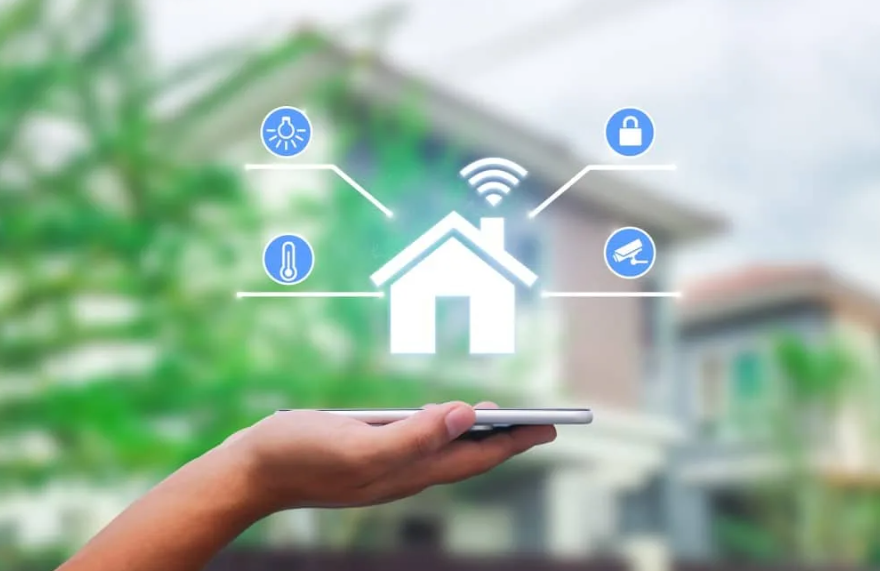The Rise of Smart Homes: Pros, Cons, and Everything in Between
The emergence of smart homes signifies a transformative era in residential living, characterized by interconnected devices that enhance convenience and efficiency. While these innovations promise improved energy management and heightened security, they also introduce significant challenges, particularly regarding privacy and cybersecurity. As homeowners navigate this complex landscape, understanding the implications of smart technology becomes essential. What factors should one consider when integrating these systems into daily life? The answers may reshape the way we think about home.
Understanding Smart Homes: What They Are and How They Work
As technology continues to advance, the concept of smart homes has emerged as a revolutionary approach to modern living.
Smart homes integrate smart devices and automation systems to enhance convenience, energy efficiency, and security. These interconnected technologies allow homeowners to control various aspects of their environment remotely, often using tools like a QR code for quick access and device setup, fostering a sense of freedom and flexibility.
Understanding their functionality is essential for those considering this innovative lifestyle.
See also: The Rise of Digital Wallets: Are They the Future of Payments?
Advantages of Smart Home Technology
The allure of smart home technology lies in its potential to transform everyday living into a seamless experience of convenience and efficiency.
Enhanced energy efficiency allows homeowners to optimize power consumption, leading to cost savings and reduced environmental impact.
Additionally, integrated home security systems offer real-time monitoring and alerts, ensuring peace of mind while enabling greater control over one’s living environment, ultimately enhancing personal freedom.
Challenges and Risks Associated With Smart Homes
Numerous challenges and risks accompany the adoption of smart home technology, prompting homeowners to carefully weigh the benefits against potential drawbacks.
Privacy concerns arise as devices collect extensive personal data, while cybersecurity threats loom large, making homes vulnerable to hacking.
These issues necessitate vigilant security measures and informed decision-making, as individuals strive to balance convenience with the safeguarding of their personal information and autonomy.
The Future of Smart Living: Trends and Predictions
Emerging from the discussions surrounding privacy and cybersecurity challenges, the future of smart living presents a landscape rich with innovation and potential.
Trends indicate a shift toward sustainable living, where smart technologies enhance energy efficiency in homes.
Integrating renewable energy sources and intelligent automation systems, households will increasingly prioritize environmental responsibility while enjoying the conveniences of modern technology, shaping a more liberated lifestyle.
Conclusion
In the evolving landscape of smart homes, the delicate dance between innovation and caution resembles a tightrope walk, where each step forward is shadowed by potential pitfalls. Homeowners must navigate this intricate web of convenience and risk, ensuring the bright promise of technology does not eclipse the vital need for security and privacy. As the horizon of smart living expands, a harmonious balance will be essential, allowing the benefits of automation to shine without compromising personal safety and peace of mind.




